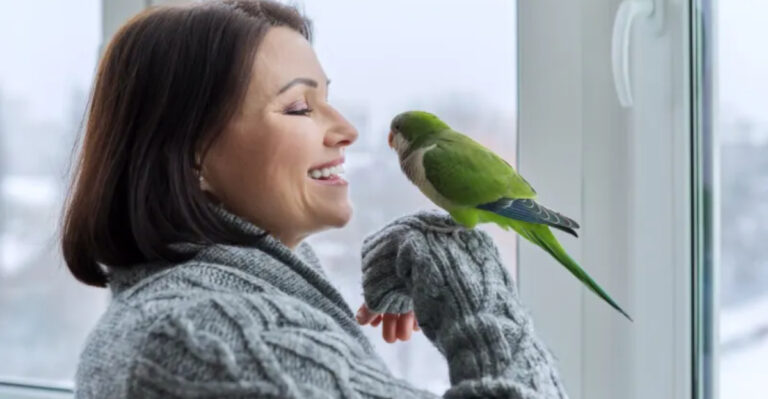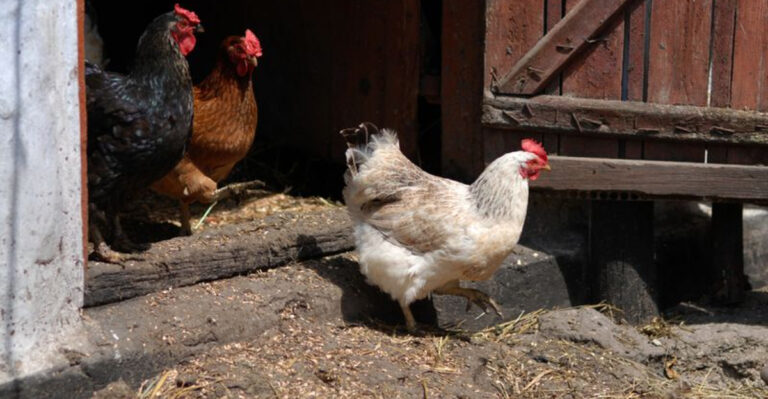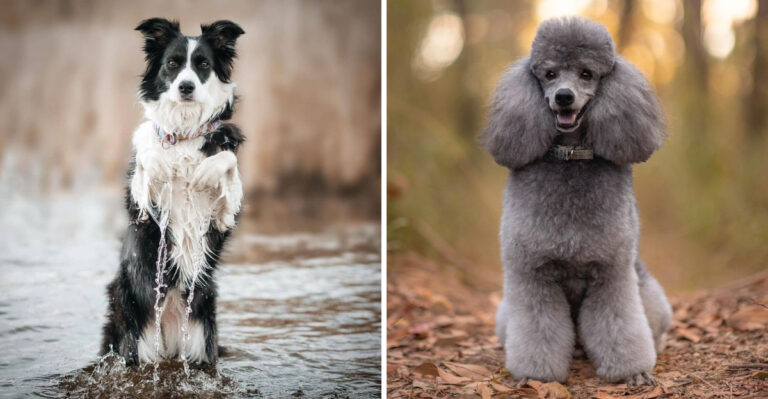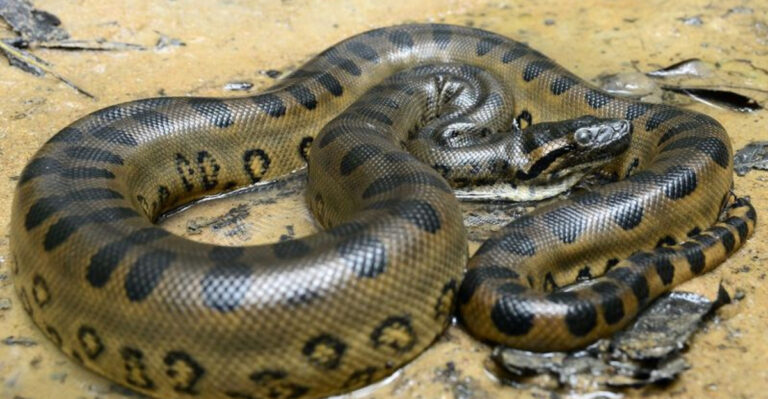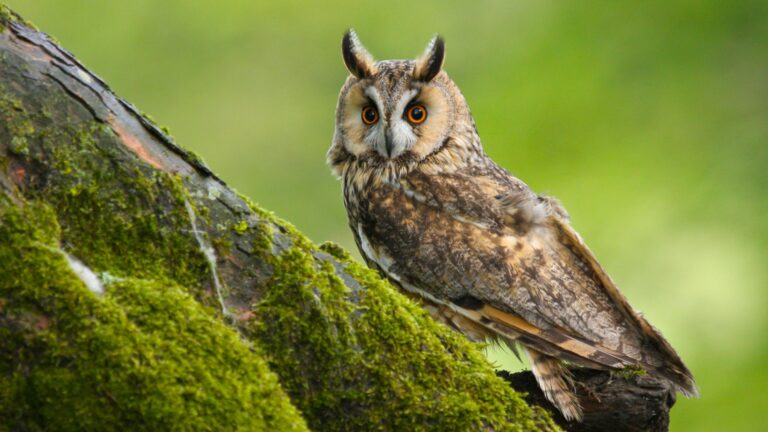The Role Of Big Cats In Indigenous Myths And Legends
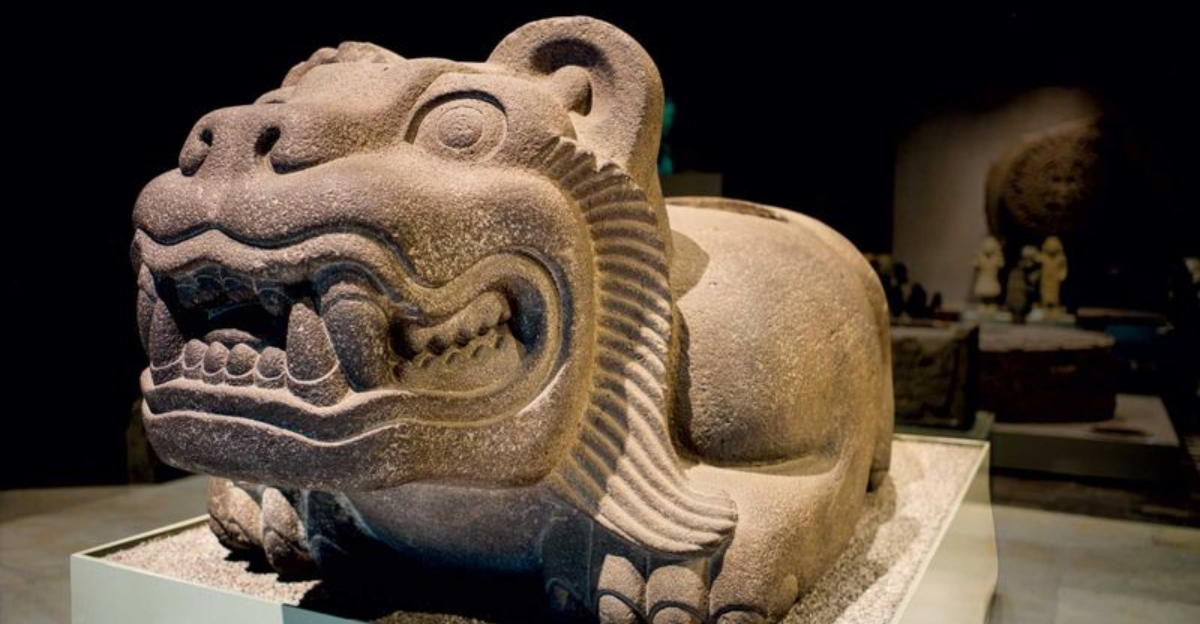
Big cats prowl through the stories of indigenous peoples worldwide, leaving paw prints across cultural landscapes.
From jaguars in Mesoamerica to tigers in Asia, these powerful predators have shaped spiritual beliefs, tribal identities, and traditional knowledge systems. Their strength, stealth, and mysterious nature make them perfect bridges between the human world and the supernatural realm.
1. Jaguar: Sacred Power Animal In Mesoamerican Cultures

Ancient Maya and Aztec civilizations viewed the spotted jaguar as a divine messenger who traveled between worlds. Shamans wore jaguar pelts during ceremonies, believing they absorbed the cat’s spiritual essence.
Warriors admired the jaguar’s ferocity, adorning themselves with teeth and claws before battle. In the complex Mesoamerican cosmology, jaguars ruled the night and underworld, representing transformation and rebirth.
2. Panthers: Mystical Guardians In Southeastern Tribal Beliefs
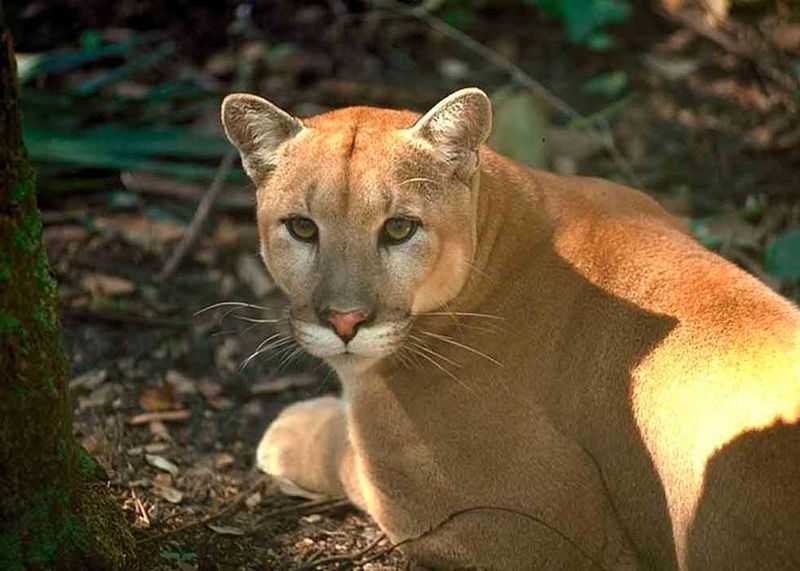
Among Creek, Cherokee, and Seminole nations, the panther (often the melanistic cougar) embodied protection and spiritual warning. These magnificent cats featured prominently in coming-of-age rituals where young warriors sought panther medicine.
Many tribes believed panthers could speak to humans through dreams. Their mysterious screams in the night forests were interpreted as omens or messages from ancestors watching over the community.
3. Mountain Lions: Wisdom Keepers In Blackfoot Traditions
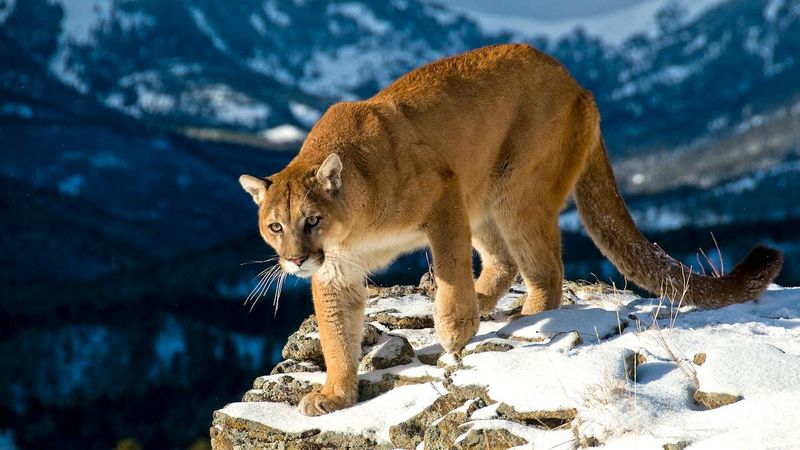
Cougar stories pepper Blackfoot oral histories, portraying these tawny predators as keepers of ancient hunting knowledge. Unlike flashier animals in their stories, mountain lions represented quiet competence and patient strategy.
Blackfoot hunters studied cougar behavior, believing the animal chose to share its techniques with worthy humans. Young hunters sometimes sought cougar dreams before their first solo hunt, hoping to gain the cat’s legendary stalking abilities.
4. Were-Jaguars: Olmec Shapeshifting Beliefs

The mysterious Olmec civilization created fascinating jaguar-human hybrid figurines that continue to captivate archaeologists. These half-human, half-feline sculptures weren’t mere artistic fancy—they represented profound spiritual concepts about transformation.
Olmec shamans likely consumed hallucinogenic plants to experience jaguar embodiment during rituals. The ability to “become” a jaguar symbolized accessing supernatural power and knowledge unavailable to ordinary humans.
5. Amazonian Jaguar Lords: Masters Of The Rainforest
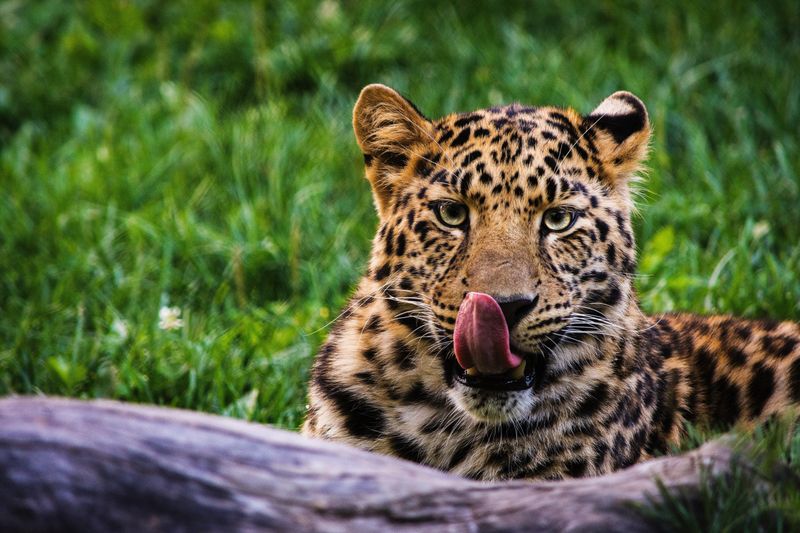
Deep in the Amazon, indigenous tribes view jaguars as embodiments of rainforest wisdom. The Kayapo people believe certain shamans transform into jaguars after death, continuing to protect their communities as powerful spirit guides.
Hunting a jaguar traditionally required elaborate ritual preparations and apologies to the animal’s spirit. Many Amazonian tribes consider killing jaguars without proper spiritual cause a dangerous taboo that invites misfortune.
6. Desert Guardians: Tohono O’odham Mountain Lion Reverence

Amid the searing Sonoran Desert, Tohono O’odham people recognized mountain lions as masters of survival and adaptation. Their stories depict the cougar as a teacher who showed humans how to thrive in harsh environments.
Unlike many predators in their stories, mountain lions weren’t tricksters but straightforward guardians. Children learned tracking by studying cougar paw prints, while adults incorporated the cat’s patience into their desert farming practices.
7. Three Worlds: The Jaguar In Inca Cosmology
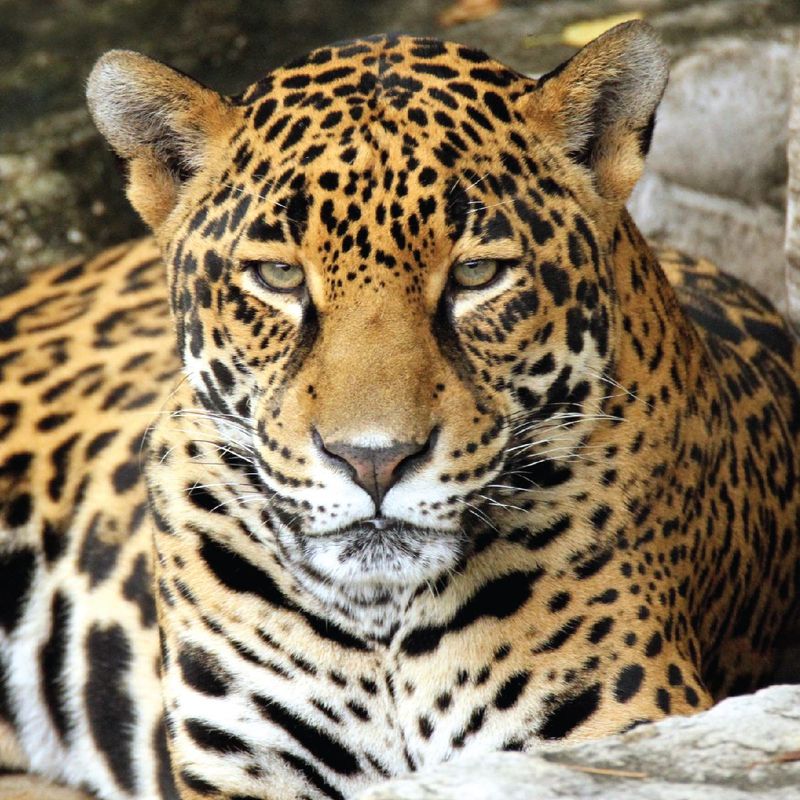
Incan civilization divided their universe into three realms, with the powerful jaguar representing Kay Pacha—the earthly middle world. Royal Inca garments often featured jaguar motifs to connect rulers to this cosmic force.
Fascinating stone carvings show jaguars alongside cosmic symbols, illustrating their role in maintaining universal balance. For ordinary Inca citizens, respecting jaguar territories meant honoring boundaries between human settlements and wild, spiritually charged places.
8. Directional Guardians: Navajo And Pueblo Mountain Lion Traditions
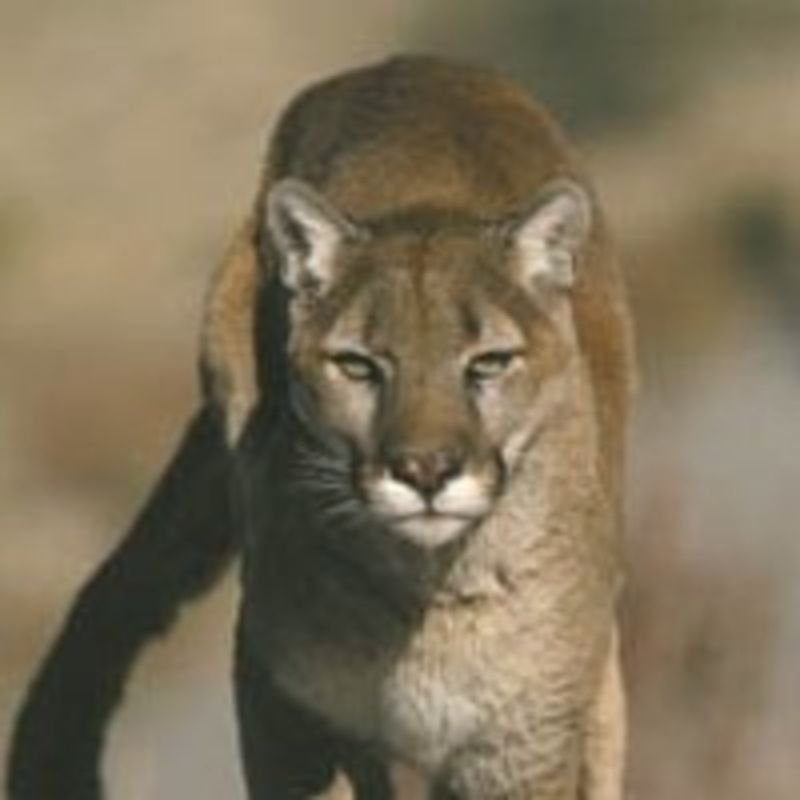
Across the American Southwest, Navajo and Pueblo peoples assigned mountain lions guardianship of the north direction. Their creation stories describe how these cats received their sacred duties directly from creator deities.
Mountain lion fetishes carved from stone protected travelers journeying northward. Medicine people incorporated cougar imagery into healing ceremonies, believing the animal’s strength could flow into weakened patients through properly conducted rituals.
9. Royal Connections: Maya Kings And Jaguar Identities
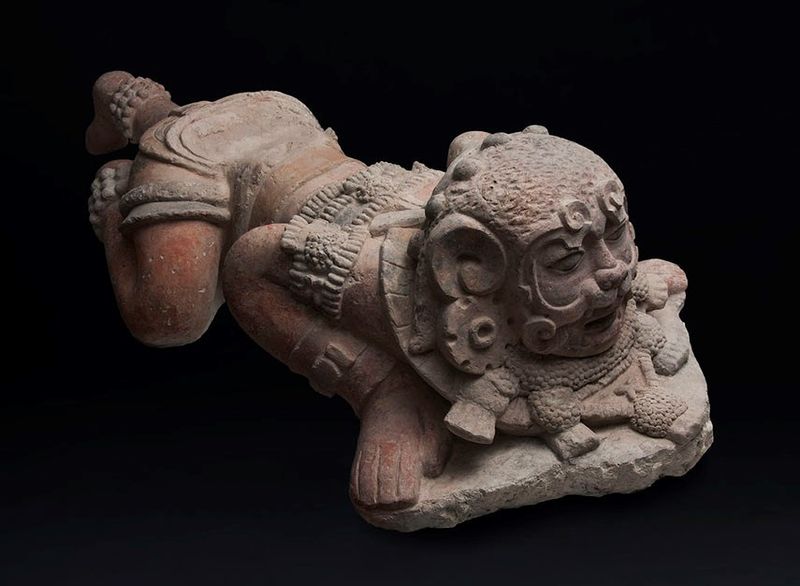
Maya royalty didn’t just admire jaguars—they became them through elaborate spiritual practices. Kings adopted jaguar names like “Shield Jaguar” and “Bird Jaguar,” wearing spotted pelts during crucial ceremonies.
Stunning murals show rulers emerging from jaguar mouths, symbolizing rebirth as divine beings. Bloodletting rituals often involved jaguar-bone implements, creating sacred connections between royal blood and jaguar power.
10. Protective Totems: Zuni Mountain Lion Fetishes
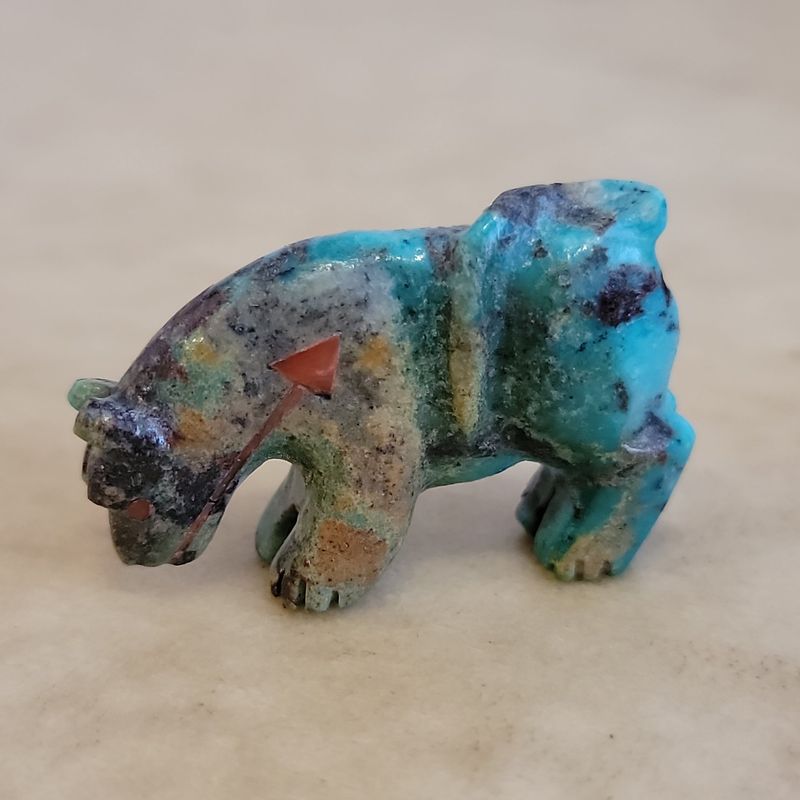
The Zuni people carve intricate mountain lion figurines from stone, believing these objects house protective spirits. Traditional carvers say prayers while working, inviting the mountain lion’s essence to inhabit their creations.
Hunters carried these fetishes for courage and tracking skill. Modern Zuni artists continue this tradition, creating beautiful carvings sought by collectors worldwide, though the spiritual significance remains primarily within the tribe.
11. Non-Human Persons: Big Cats As Spiritual Equals
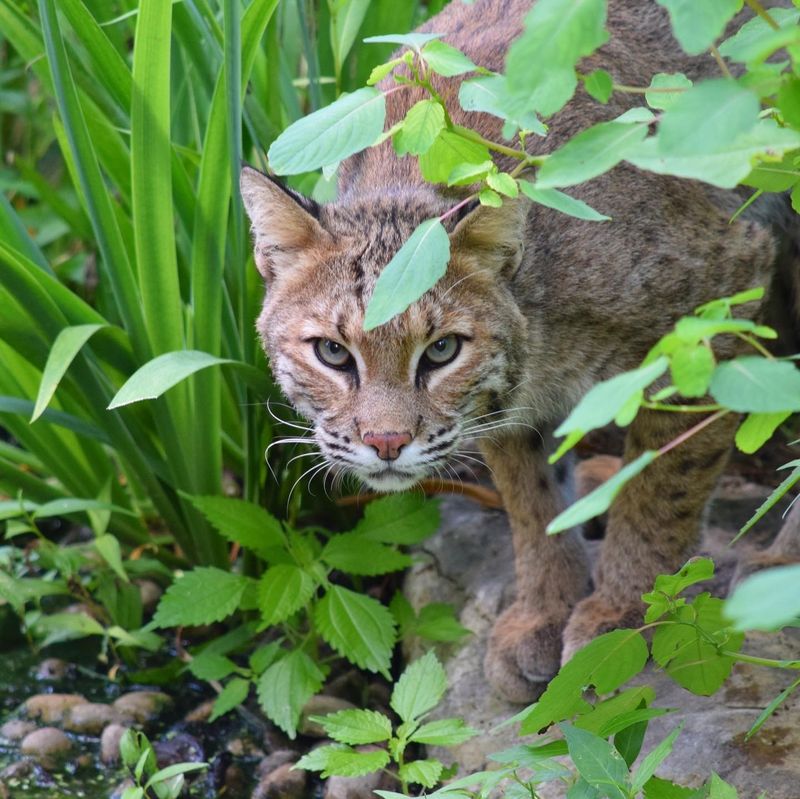
Perhaps most profound is the widespread indigenous view that big cats aren’t just animals but non-human persons with their own societies and spiritual rights. Many tribes performed ceremonies asking permission before hunting in cat territories.
This perspective sharply contrasts with colonial attitudes toward predators. Today, indigenous conservation efforts often emphasize restoring respect for big cats as rightful inhabitants of shared landscapes rather than threats to be eliminated.

